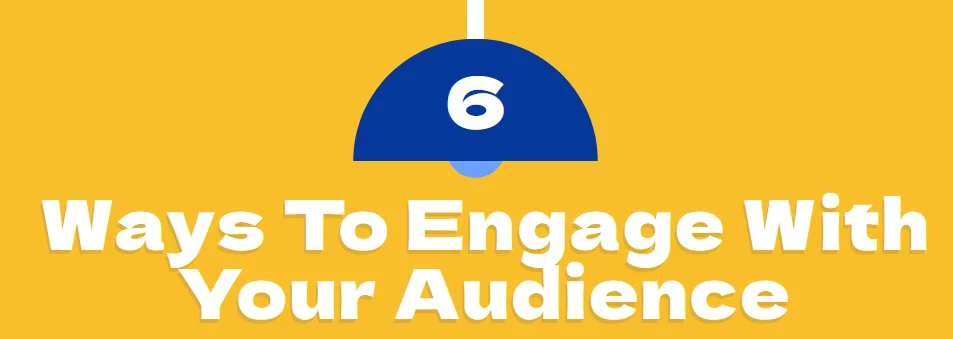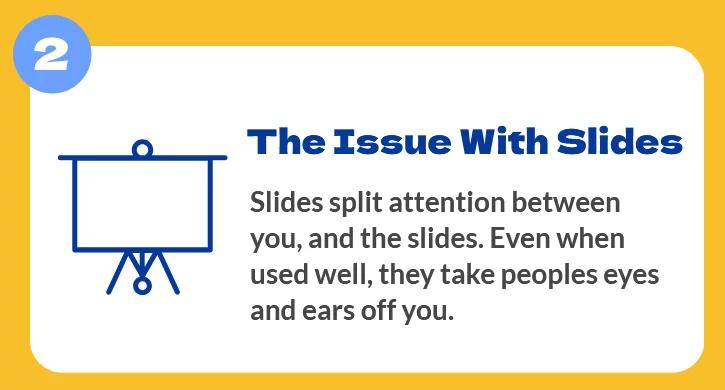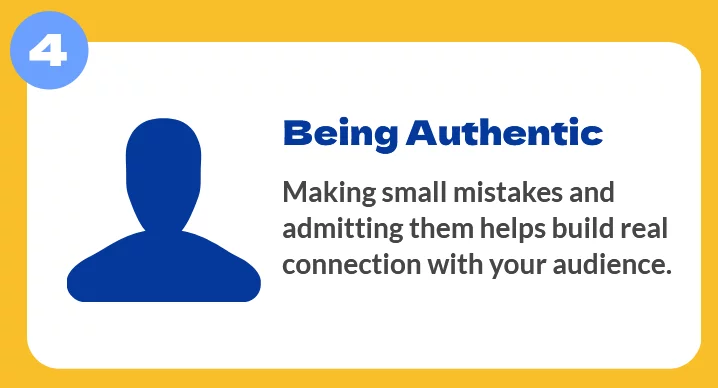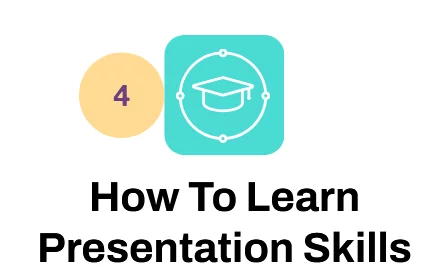
How To Truly Understand & Engage With Your Audience
Contents
Connecting with an audience isn’t about dazzling them with facts or slides.
It’s about understanding them on a deeper level, speaking to their concerns, and making them feel seen.
As someone who’s spent years in front of diverse crowds, I can tell you:
The most powerful connections aren’t built on charisma or polish—they’re built on empathy.
1. Get Curious Before You Present
Too many presenters step up to the front of the room with a well-polished talk and a shaky understanding of who they’re speaking to.
Real connection starts before you say a word. Ask yourself:
- Who is in the room?
- What keeps them up at night?
- Why did they show up?
Use tools like surveys, pre-event conversations, or even casual chats beforehand to get a sense of their world.
When you step onto that stage, speak to their experiences, not at their roles.
Action Steps:
- Use short surveys or emails before the event.
- Chat with attendees beforehand if possible.
- Research their company or industry online.
2. Watch the Room – Not Just Your Slides
True connection demands deep listening. That doesn’t stop once the presentation starts.
Designing a good visual is all about adding to your message, your focus should be on the audience, not the slides.
Read the room. Are they nodding? Leaning in? Or are they on their phones?
Shift your delivery if you sense a disconnect.
I remember one event where, halfway through, I noticed arms crossing and attention drifting.
I paused, shared a short story from my own experience, and asked a question directly to the group. Energy shifted immediately.
Listening isn’t passive – it’s the gateway to adaptation.
Action Steps:
- Observe facial expressions and body language.
- Pause if you sense disengagement.
- Ask questions to pull people back in.
3. Match Their Language, Not Your Script
Every audience has its own dialect—industry terms, values, even humour.
Using language that resonates with their reality doesn’t just make you relatable; it builds trust.
Avoid jargon unless it’s native to their world, and always define your terms.
Clarity isn’t dumbing down. It’s being respectful enough to make your message accessible.
Action Steps:
- Mirror their level of formality or energy.
- Replace generic buzzwords with real-world examples.
- Define or drop industry jargon when needed.
4. Be Real, Not Perfect
One of the most powerful lessons I’ve learned is that people don’t connect with perfection – they connect with humanity.
Vulnerability isn’t weakness; it’s a bridge. Share a failure. Admit a moment of uncertainty. Make space for laughter.
Your job isn’t to impress. It’s to connect. And connection thrives in imperfection.
Action Steps:
- Include a personal story that didn’t go perfectly.
- Use self-deprecating humour sparingly and purposefully.
- Avoid overly rehearsed or robotic delivery.
5. Let Them Shape the Experience
Interaction shouldn’t be an afterthought. From the opening question to the mid-talk polls or hands-up moments, give your audience ways to engage.
Make it a two-way street. Engagement isn’t a gimmick—it’s a signal that you respect their presence.
And remember: a good question can be more powerful than a great answer.
One that challenges assumptions, sparks conversation, or prompts reflection stays with people long after your talk ends.
Action Steps:
- Invite responses early with simple polls or prompts.
- Use silence strategically to encourage reflection.
- Acknowledge their input and build from it.
6. Close With a Punch, Not a Recap
Too many presentations fizzle out with a rushed Q&A or a tired summary.
Instead, leave your audience with something they can carry with them—a call to action, a resonant idea, a moment of stillness.
In one closing, I simply asked: “What’s the smallest change you can make today that brings you closer to what matters?”
That question sparked emails and comments weeks later. That’s connection.
Connecting with your audience is always at the core of our Presentation Skills courses, it’s something you can’t miss out on!
Action Steps:
- End with a reflective or challenging question.
- Offer one practical step they can apply right away.
- Use a story to bring the message full circle.
Final Thought
Connecting to and understanding your audience is not a technique – it’s a mindset.
One rooted in curiosity, empathy, and the courage to be human.
Master that, and your message will land—not just in their minds, but in their hearts.
- Facebook: https://www.facebook.com/profile.php?id=100066814899655
- X (Twitter): https://twitter.com/AcuityTraining
- LinkedIn: https://www.linkedin.com/company/acuity-training/






